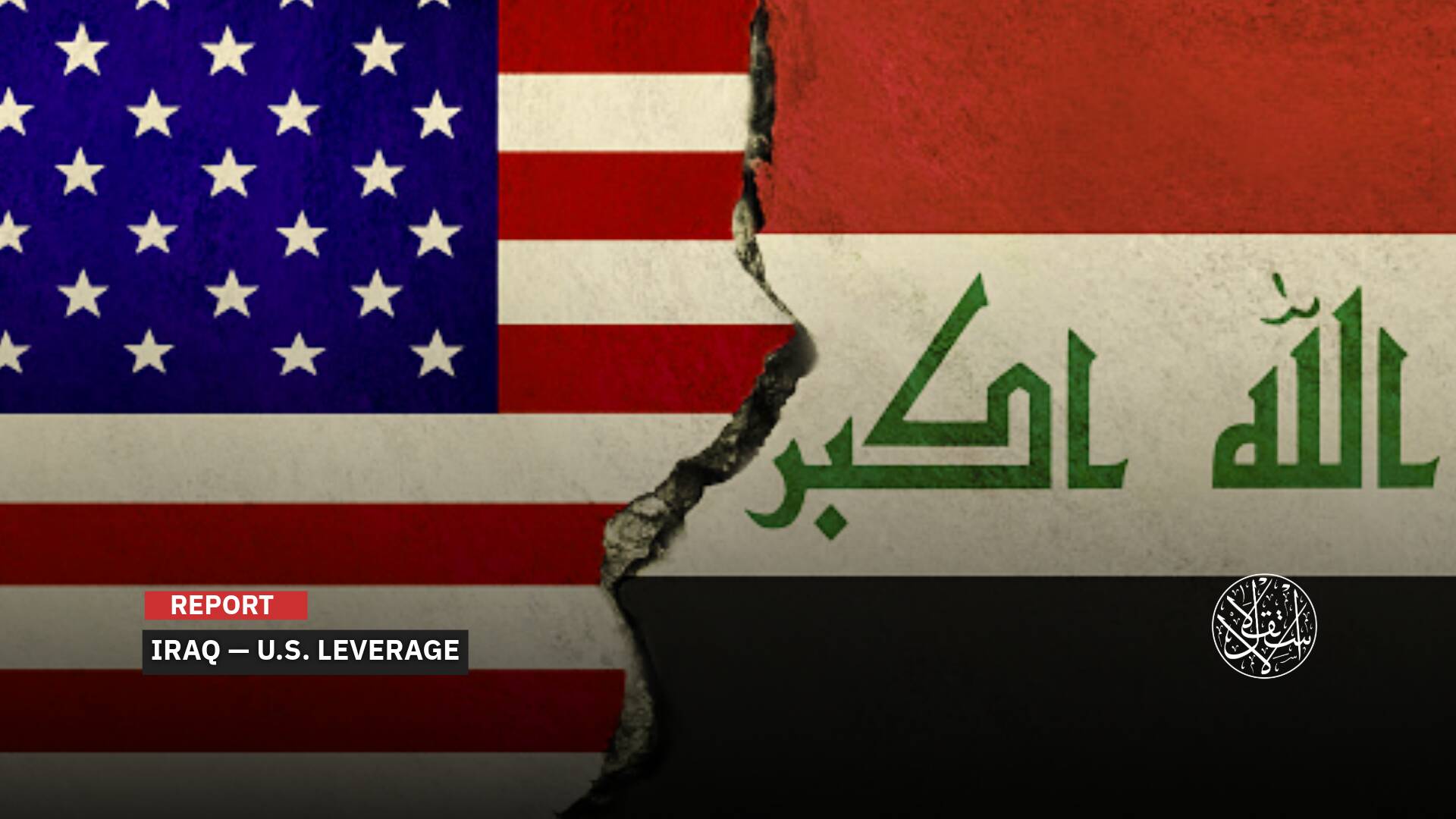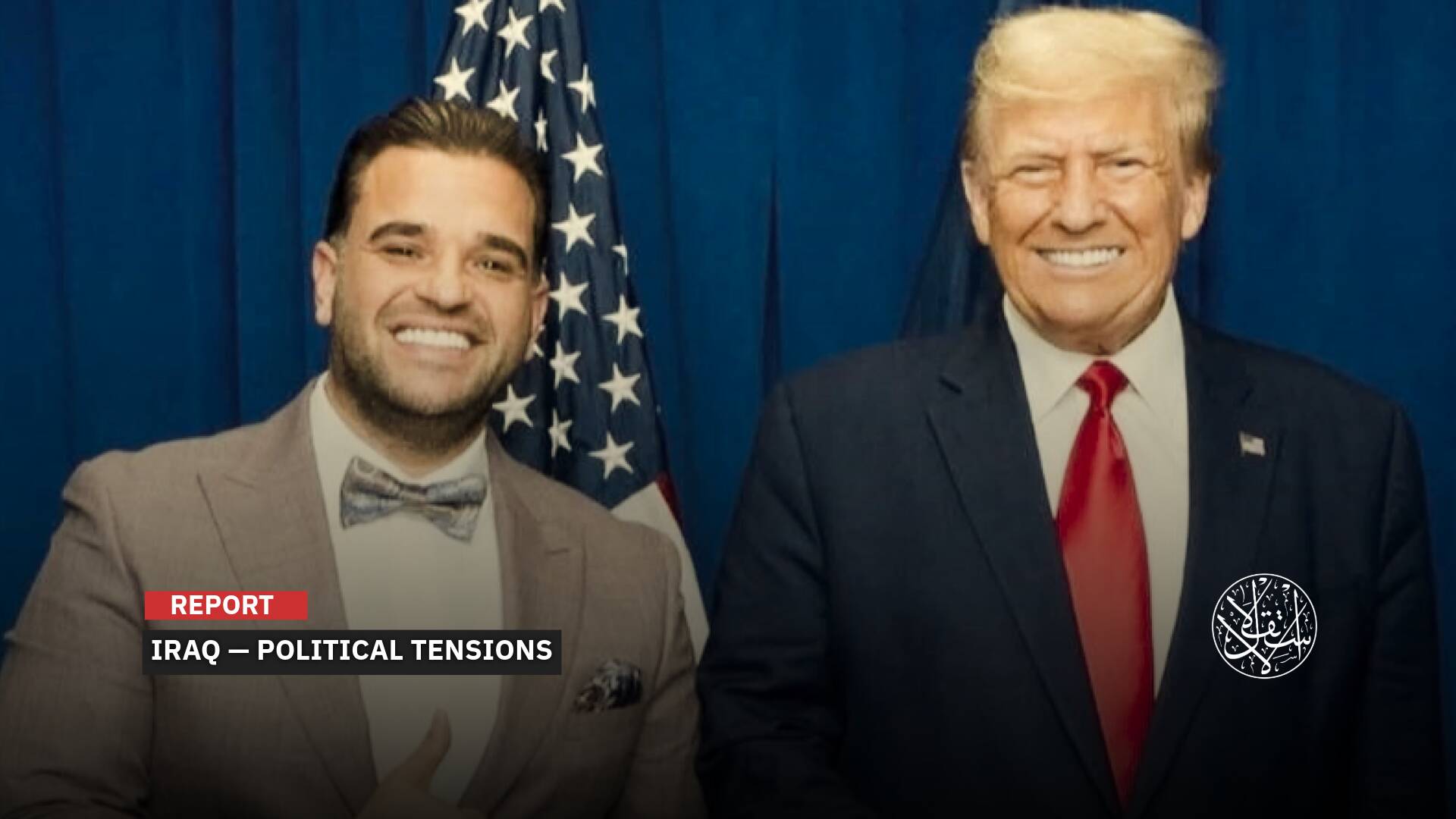Despite Being Considered As Tech Revolution, Concerns After Release of ChatGPT

Since its beta launch in November 2022, ChatGPT has received wide interest and positive feedback due to its quick, detailed, and clear answers in several areas of knowledge.
According to statistics, the number of its users exceeded one million people in a few days, although it is unavailable on Android and iOS.
ChatGPT is considered a real revolution thanks to its software based on accurate and continuous communication with the user, as if it preserves the history and details of the relationship between them, which some felt a kind of friendship, while others stressed the need not to underestimate the tool intelligence or deal with it as it is just software.
However, the high-level interactive capabilities of this powerful platform represented a clear threat to Google and to the students, as well. Teachers and professors across the education system are in a near-panic as they confront a revolution in artificial intelligence that could allow for cheating.

Panic and Fear
Just days after its launch, more than a million people tried ChatGPT. Some of them asked innocent questions, like how to engage autistic into society or what is the right way to breastfeed a baby, while others requested complex answers, like finishing a piece of deceptive software code.
Lured by such a platform, some students used ChatGPT to get free answers to their homework, making educators concerned about cheating on a grand scale.
One senior at a Midwestern school told the Washington Post that he had already used “the text generator twice to cheat on his schoolwork. He got the idea after seeing people expound on Twitter about how powerful the word generator is after it was released on November 30,” according to the magazine.
ChatGPT is an artificial intelligence bot, launched a few weeks ago, allowing users to ask unlimited questions and then get well-written answers that are “eerily human.”
Teachers and professors began immediately experimenting with the tool and found that the bot’s answers to academic questions weren’t perfect but close to what they would expect from many of their students.
Mara Corey, an English teacher at Irondale Senior High School in New Brighton, Minnesota, said that she discussed the matter with her students to show them how using ChatGPT could disturb their learning.
Educators suppose that ChatGPT will improve with time, and students’ knowledge to deal with it will grow. This prompted some teachers to think about adjusting their assessments to take the possibility of cheating into account, like asking students to write papers by hand or during class under their supervision or giving questions that need deeper thinking, which is more challenging for the bot.
Why Considered a Revolution
ChatGPT is not a new tool, but it has just become available to the public a few weeks ago, along with a set of other tools such as Midjourney and the Lensa AI.
What is ChatGPT, and what distinguishes it to leave such impressions and astonishment? ChatGPT is a chatbot that uses artificial intelligence. It was developed by the American company OpenAI, an artificial intelligence laboratory launched several years ago with funding from Elon Musk and others. The application creatively answers users’ questions using a database based on web content published before late 2021.
This bot uses GPT technology (Generative Pre-Trained Transformer), a language model that uses deep learning to produce human-like text and is the latest development in the world of generative AI. The bot is a software part of a program that works interactively and performs tasks automatically via the Internet, which is more like artificial intelligence than human interaction.

ChatGPT conversation allows the rejection of inappropriate requests through an automated system to simulate human conversation.
It answers questions, writes texts, articles, and lectures, and provides advice in various fields and explanations of concepts, definitions, and special areas of work, in addition to answering user inquiries. Customers, translation, solving simple and complex mathematical equations, helping to solve problems, correcting lines of code, writing code, programming scripts, and more.
However, some of its responses “have been blatantly wrong or bigoted, such as when a user got it to write a rap lyric that said: ‘If you see a woman in a lab coat, she’s probably just there to clean the floor.’ Creators acknowledge that ChatGPT isn’t perfect and can give misleading answers,” as the Washington Post explained.
Impacts on Future Generation
ChatGPT launch has put the Google engine team in a real panic and the company in a state of great anxiety after years of almost complete monopoly in the search engine market, and according to reports, Google is afraid of the end of the era of its technologies and the entry into a new era occupied by other software that forces it to move quickly to change its techniques. So, the question is, can ChatGPT replace Google?
The main difference between ChatGPT and Google search engine is that the latter, after providing it with a keyword or a question, gives web pages and helps the user find the required information by providing a huge number of related links, including videos, photos, maps, and files of various extensions, while ChatGPT gives a single detailed answer using information available from previous training it has undergone and allows for a lengthy conversation with the user with often very logic answers.
Google does not actually answer your question but rather offers you a wide range of links that lead you to a set of answers, while ChatGPT provides one answer that seems to be the most accurate, depending on the formulation of the question itself, as it requires precise and specific questions before answering. Or, at other times, it may try to guess the meaning of the question, relying on a huge set of data. Thus, it shortens time and effort and provides immediate access to information, in addition to the possibility of discussing it with the same answer. This interactive feature makes it a modern option, far from entering the spiral of links and supposed answers, repetitive and contradictory ones, and switching keywords to reach the desired result.
The most prominent difference also lies in describing it as a chatbot, as the tool is able, through its conversational interface, to engage in long discussions punctuated by a large number of questions, and the response is very smart and direct depending on the type of questions and their objectives, just like a human being and its reliance on the technology of “reinforced learning from human reactions.”
In return, at the end of each conversation, the tool asks for the user’s evaluation to train, learn, and memorize through the results of its conversations with humans, their comments, and reactions.
But on the other hand, while the bot provides theoretical and lengthy answers, in the era of the massive daily infusion of information on the Internet, some of its answers seem outdated, in addition to the fact that it cannot enter into a discussion about any event after 2021, for example, it was unable to provide any information or predictions for the 2022 World Cup matches.
The fact that the bot performs this number of tasks, capabilities, effectiveness, and remarkable speed, has struck fear among today’s popular professions, as some see it as a strong competitor to the designers and the creators of content, programming, articles, etc.











